The Truth About Fake News
December 16, 2021
With a rapidly growing society comes dramatic changes accompanied by constant dangers. Particularly, the expansion of social media has strengthened the peril of fake news and led the general public into an age of misinformation. At the constant risk of being polluted by any kind of media bias or deceitful lies, viewers and readers of the news must be better able to determine the credibility of their sources and develop their own perspectives after looking at all sides of an issue. To help raise this kind of awareness at Shadow Ridge High School and teach students to not “believe everything they read,” several of the teachers, particularly Mr. Nighswonger and Mrs. Smith, have delved in-depth into the effects of the media on the community.
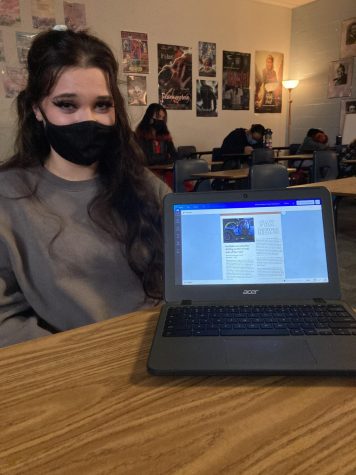
Nighswonger and Smith have provided several different activities as part of their fake news units, however, one thing that both classes happened to have in common was the creation of a fake news story. It may sound odd, but to teach students how to avoid falling into the traps of fake news, the best tactic seemed to be teaching students how easy it is to create it. Other projects included learning about fact-checking resources and analyzing the reliability or unreliability of articles.
“My concerns when it comes to people being tricked by fake news is that they aren’t making informed decisions about topics that matter. Most people are not willing to actually research the facts behind a topic and they just want someone to make decisions for them; a lot of times those decisions are based on misinformation,” Smith, English teacher, explained.
Nighswonger, who teaches government, also expressed concerns for misinformation that is spread through the media. He teaches that oftentimes this “fake news” is spread due to different kinds of agendas and can be traced back to politics.
Vanessa Perez, senior, shared, “I’ve learned that it’s really important not to believe everything you hear or read, and to do some research before you go around spreading fake news because you never know what consequences it’ll bring.”
Gavin Bott, senior, added, “My favorite part of the unit about fake news was writing libel about the place where I work.”
Fake news and media bias has had drastic and harmful effects over all sorts of people in society, as many of Smith and Nighswonger’s students have learned. Fake news can alter and sway public opinions based on lies. These teachers simply want to protect their students from falling into these kinds of traps.
Smith concluded, “I have shown my students reliable fact checking websites and the media bias chart. I have tried to impress upon them that they should check multiple sites when fact checking and that it is important to check news sites that might not necessarily align with their core values. If they only check sites that align with their views, the algorithms on their devices will only show the students articles that align with their beliefs which can become problematic and polarizing.”


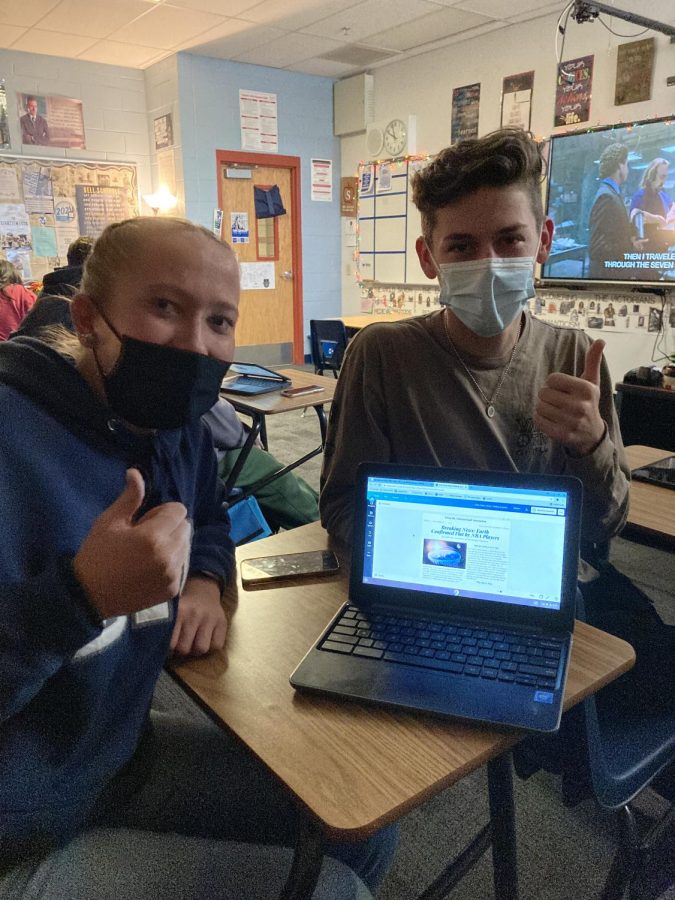
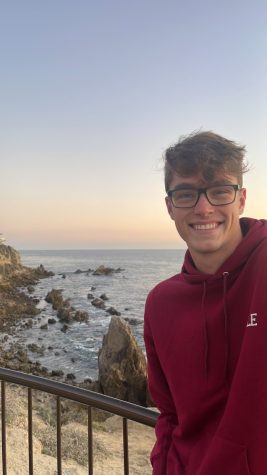
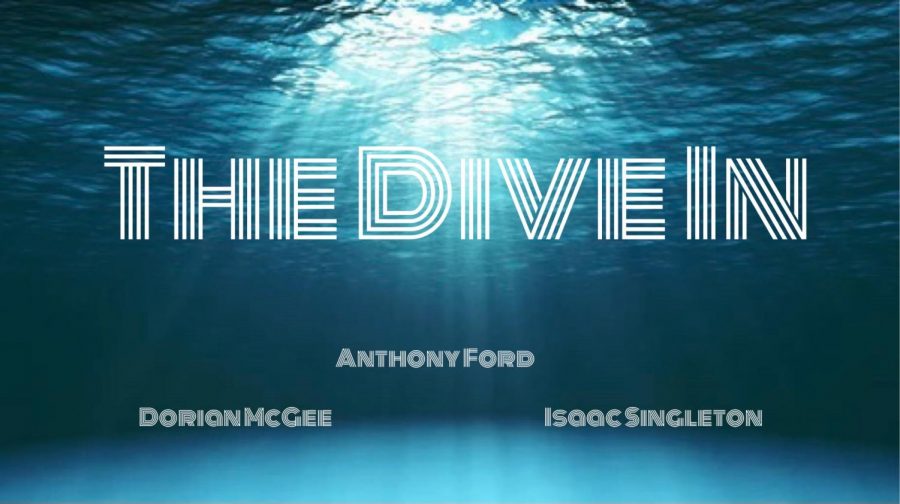


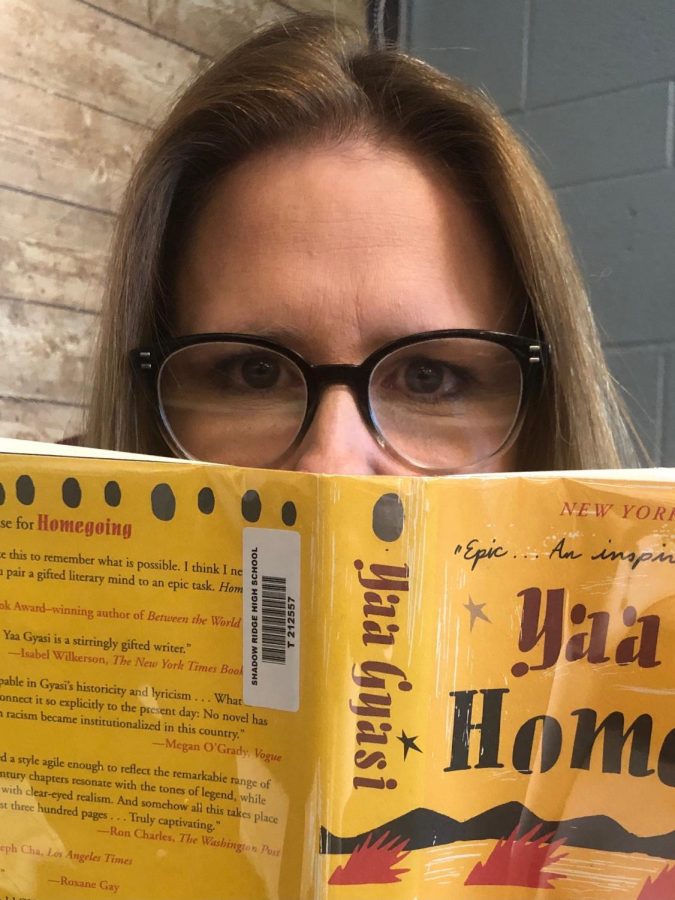

Shipp • Dec 22, 2021 at 9:18 am
I observed Mrs. Smith teaching this lesson. Very eye opening!